Overview
Pocket knives have a rich history dating back to ancient times, evolving through various eras including the Renaissance and the Industrial Revolution. They transitioned from utilitarian tools to symbols of craftsmanship and status. Modern advancements have introduced new materials and technologies, making them more accessible and functional. Today, pocket knives remain essential tools in many industries and are appreciated for their design and practicality. Choosing the right folding knife involves considering factors like blade material, handle design, and locking mechanisms. The future promises eco-friendly innovations while preserving traditional values.
Frequently Asked Questions
1. What is the history of pocket knives?
2. How did pocket knives evolve during the Renaissance?
3. What advancements occurred during the Industrial Revolution regarding pocket knives?
4. What should I consider when choosing a folding knife?
5. What is the future of pocket knives?
Throughout history, pocket knives have been indispensable tools that have evolved remarkably to suit human needs. Their design, functionality, and the materials used in their construction have transformed, reflecting the advancements in technology and crafts over centuries. If you are fascinated by tools that combine practicality and tradition, this exploration into the history of pocket knives will surely pique your interest.
The Origins of Pocket Knives
The story of pocket knives dates back to ancient times, with evidence of rudimentary folding blades dating as far back as 600 B.C. in civilizations such as the Romans and Greeks. These early designs were simple and often constructed from bronze, which provided a blend of durability and cutting efficiency.
During the medieval period, the pocket knife began to take shape, becoming a common tool carried by tradesmen and nobility alike. With the introduction of ironforge techniques, the strength and utility of these folding knives increased significantly. The portability factor made them appealing, allowing people to carry their tools seamlessly wherever they went.
The Renaissance Era: Craftsmanship and Design
As we moved into the Renaissance era, the design and craftsmanship of folding knives reached new heights. Artisans began to take pride in their work, creating not just functional implements but also pieces of art. Pocket knives during this time often included elaborate engravings and decorative handles made from various materials, including wood and ivory.
Rise in Popularity
It was during this period that the pocket knife transitioned from a merely utilitarian object to a symbol of status and craftsmanship. Wealthy individuals displayed their knives as a reflection of their affluence, leading to an increased demand for skilled knife makers. This bespoke approach encouraged innovation and creativity in knife design.
The Age of Enlightenment and Beyond
The Age of Enlightenment brought forth new ideas and philosophies that influenced craftsmanship, including the production of folding knives. The Industrial Revolution in the 18th and 19th centuries marked a significant shift, as advancements in machinery allowed for mass production of these handy tools. This accessibility made pocket knives affordable and prevalent among the general population.
During this era, the introduction of innovative steel-making techniques saw improved blade quality. Folding knives became standard tools for farmers, soldiers, and everyday folk. The newfound durability and affordability made them a staple in households across many countries.
The Diversification of Folding Knives
The late 19th and early 20th centuries saw the diversification of pocket knife designs. Manufacturers began producing various types of folding knives tailored to specific trades and hobbies. For instance, fisherman’s knives featured specialized blades for gutting and filleting, while camping knives came equipped with can openers and screwdrivers.
Craft and Functionality
As different communities embraced the folding knife for their distinct needs, the craft expanded into a myriad of styles. Some knives were made with multi-tools, combining several functionalities into one handy design. This versatility made pocket knives not only a tool but also an essential companion for adventurers and outdoor enthusiasts.
The Pocket Knife and Modern Materials
The mid-20th century opened doors to new materials and technologies that revolutionized pocket knife manufacturing. Contemporary folding knives started to integrate advanced materials such as stainless steel, plastic, and other composites, which increased the resistance to rust and improved overall performance.
One notable step in this evolution was the introduction of locking mechanisms. These innovations provided safer and more reliable ways to handle folding knives, ensuring they didn’t accidentally disengage during use. As a result, consumers became more confident in incorporating these tools into their daily lives.
The Cultural Significance of Folding Knives
Pocket knives have become ingrained in various cultures around the world. They are often associated with traits like self-sufficiency, resourcefulness, and tradition. In numerous folklore and literature, the pocket knife serves as a symbol of survival and adventure. For many, it’s more than an object; it’s a connection to history and heritage.
Pocket Knives in Today’s World
In today’s world, folding knives remain as relevant as ever. They are utilized across numerous industries, from outdoor survival to everyday tasks. Many people carry them not just for their functionality, but also for their aesthetic appeal. Collectors and enthusiasts treasure both modern and vintage pocket knives, seeking unique designs that tell a story.
Choosing the Right Folding Knife
When selecting a pocket knife, consider several factors such as the purpose, design, and materials used. Whether you are an outdoor adventurer or someone in need of a tool for everyday tasks, understanding these aspects will help you pick the right folding knife for your needs. Here are a few elements to keep in mind:
- Blade Material: Look for durable materials like stainless steel that retain sharpness and resist corrosion.
- Handle Design: A comfortable grip with ergonomic design is crucial for effective use.
- Size & Weight: Consider how you intend to carry it and the size that fits comfortably in your pocket or pack.
- Blade Types: Choose between drop point, serrated, or tanto blades depending on your intended use.
- Locking Mechanism: Ensure you have a reliable system to keep the blade securely in place during use.
The Future of Pocket Knives
As technology advances, so too does the potential for pocket knives. Manufacturers are continually exploring eco-friendly materials and innovative designs. The rise of smart technology has also led to an increasing number of multifunctional tools incorporating modern gadgets.
In addition, with the growing interest in sustainable practices, more knife makers are focusing on environmentally friendly sourcing and production processes. These developments contribute to preserving the traditional values associated with pocket knives while also catering to the needs of future generations.
Why a Folding Knife is a Must-Have
Carrying a folding knife is a practical choice for anyone, regardless of lifestyle. From simple tasks around the home to more complex challenges in the great outdoors, a folding knife equips you with the necessary tools to handle everyday situations efficiently. The blend of functionality, history, and personal connection elevates the significance of these compact tools.
Your Adventure Awaits!
With a rich history that spans centuries, pocket knives are not just tools; they are a gateway to adventure and craftsmanship. Whether you are a collector, an outdoor enthusiast, or simply someone who appreciates quality craftsmanship, understanding the evolution of folding knives enriches your experience. Explore your options, appreciate the craftsmanship, and discover why these versatile tools have stood the test of time. Unleash your inner adventurer and make sure you have a folding knife by your side!


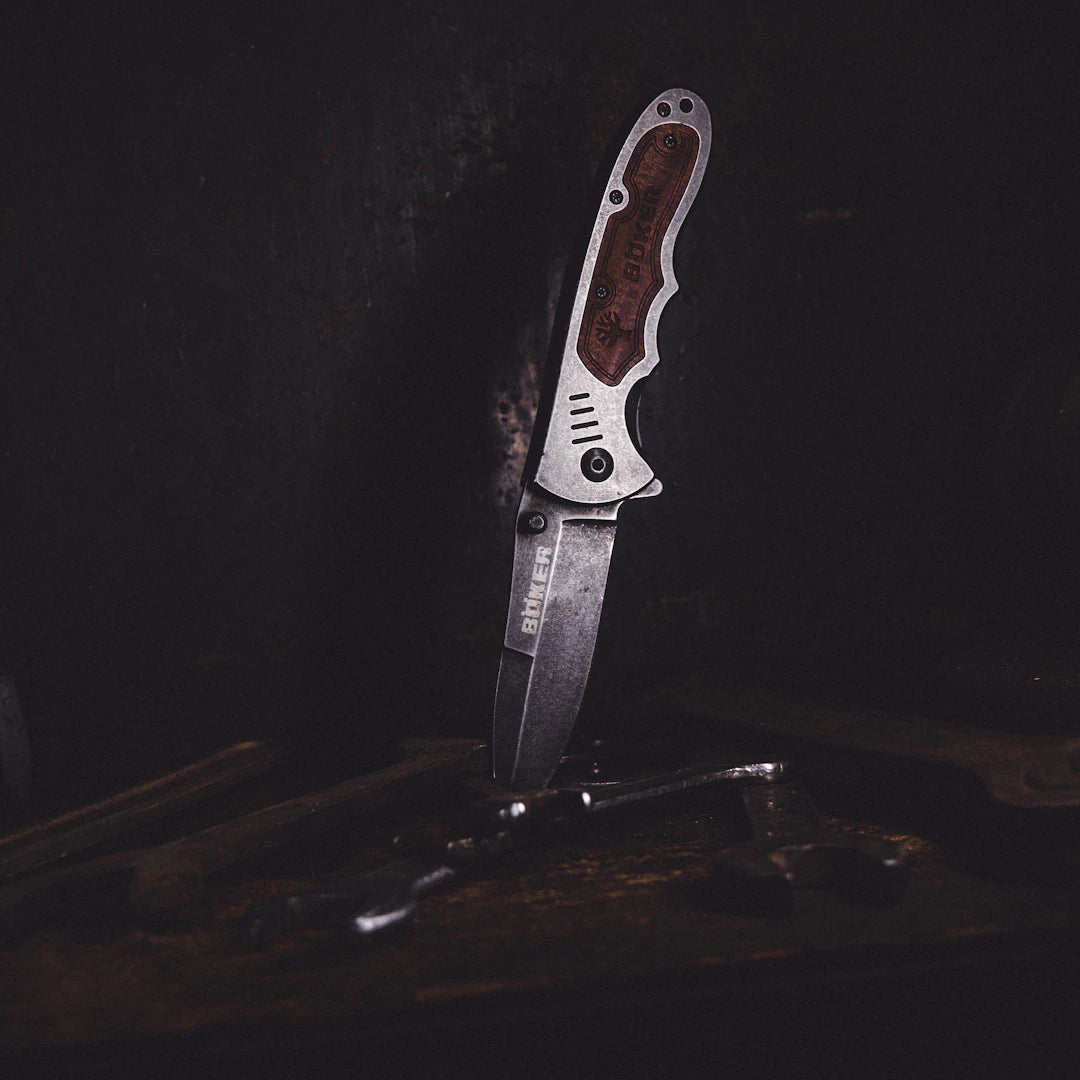





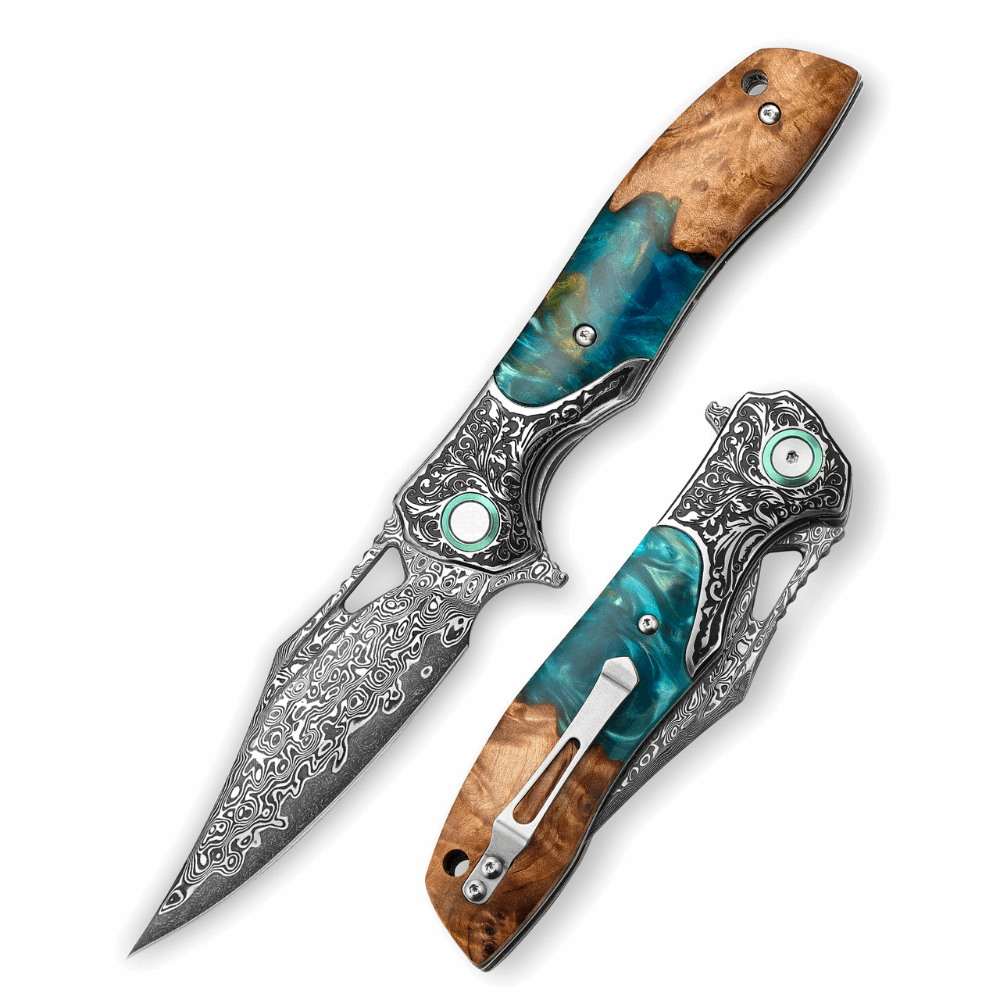
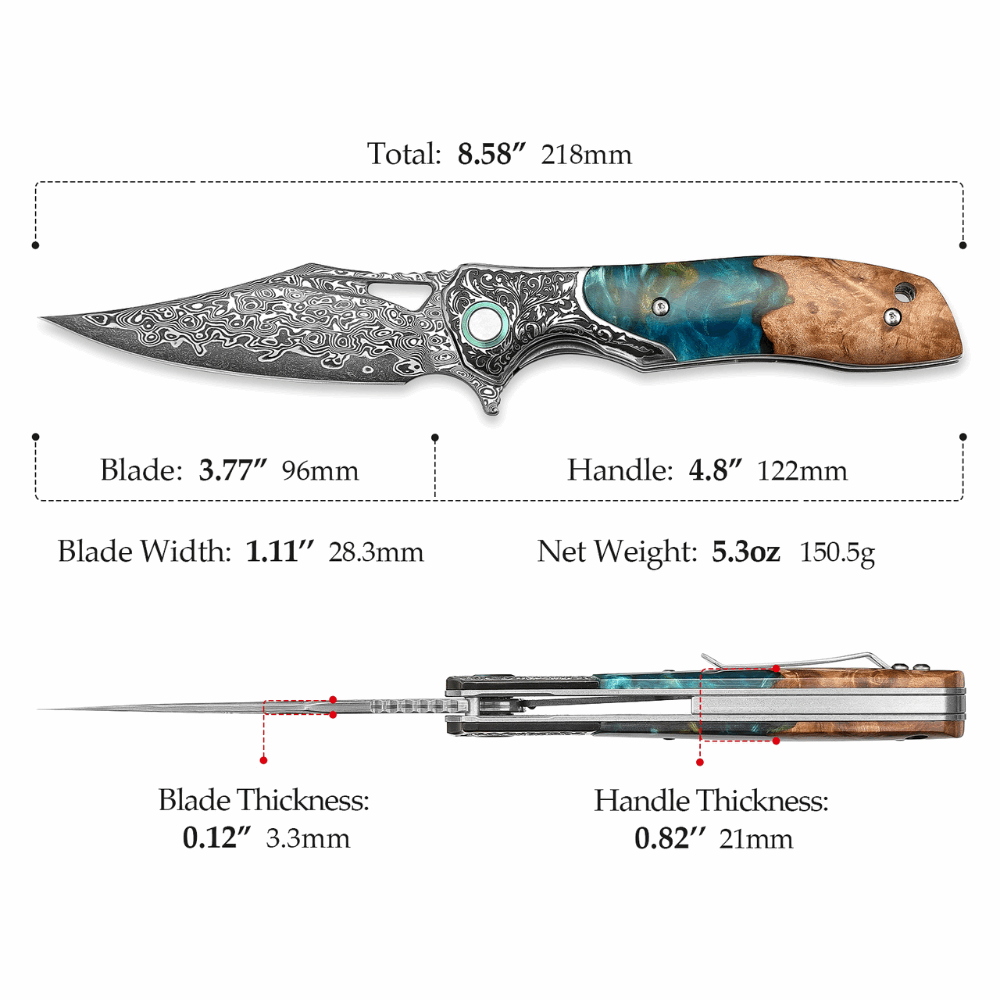
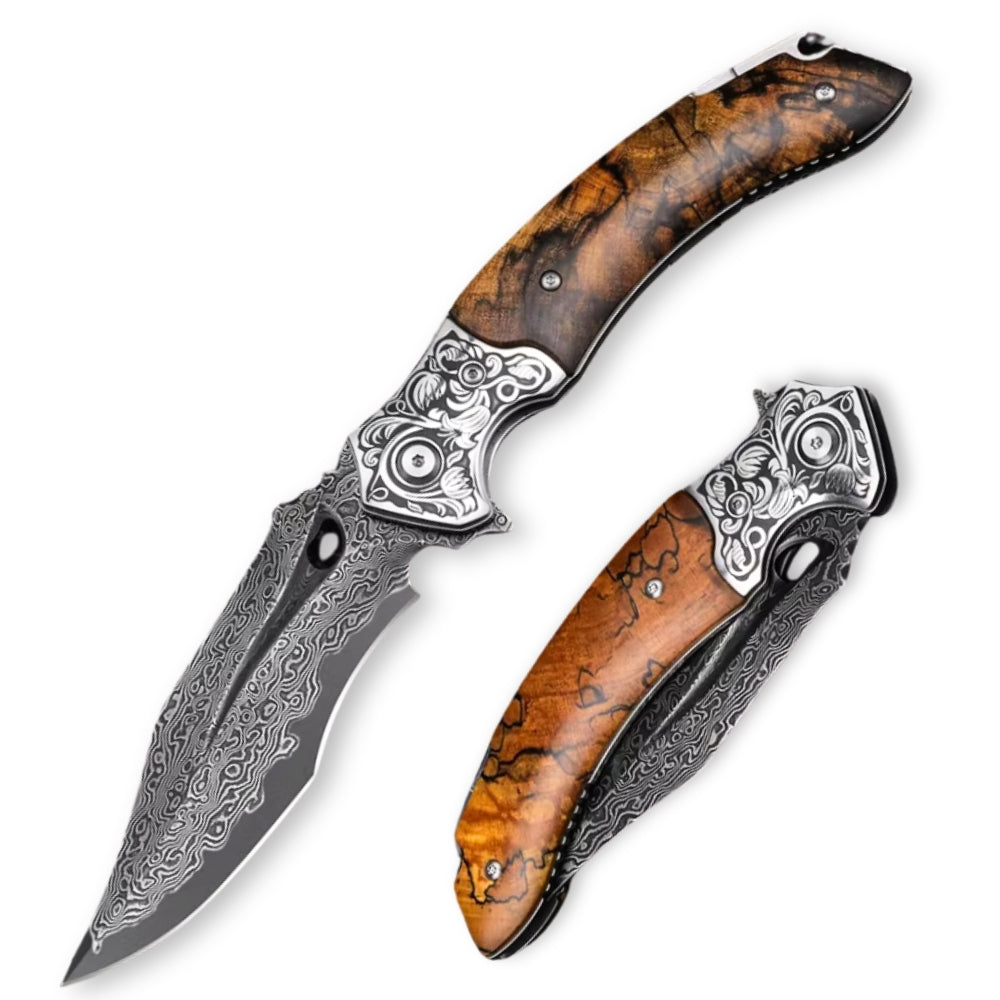
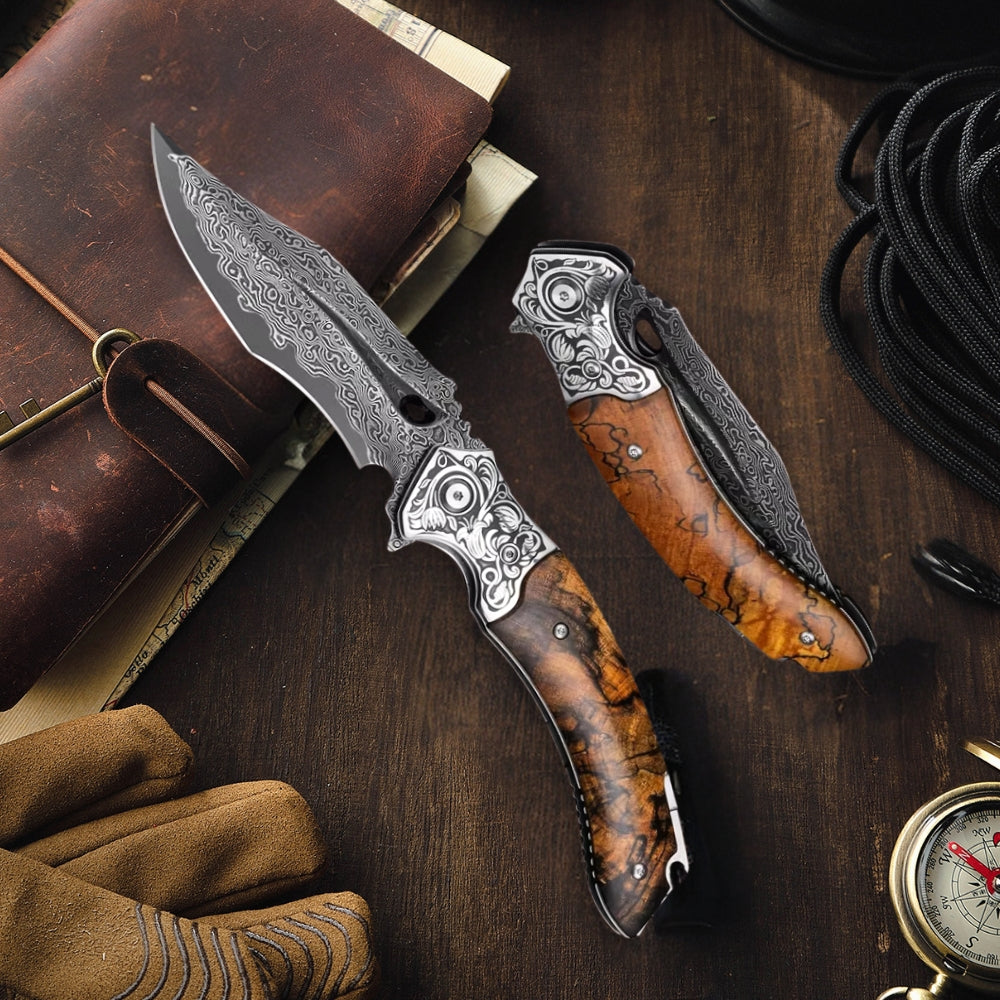
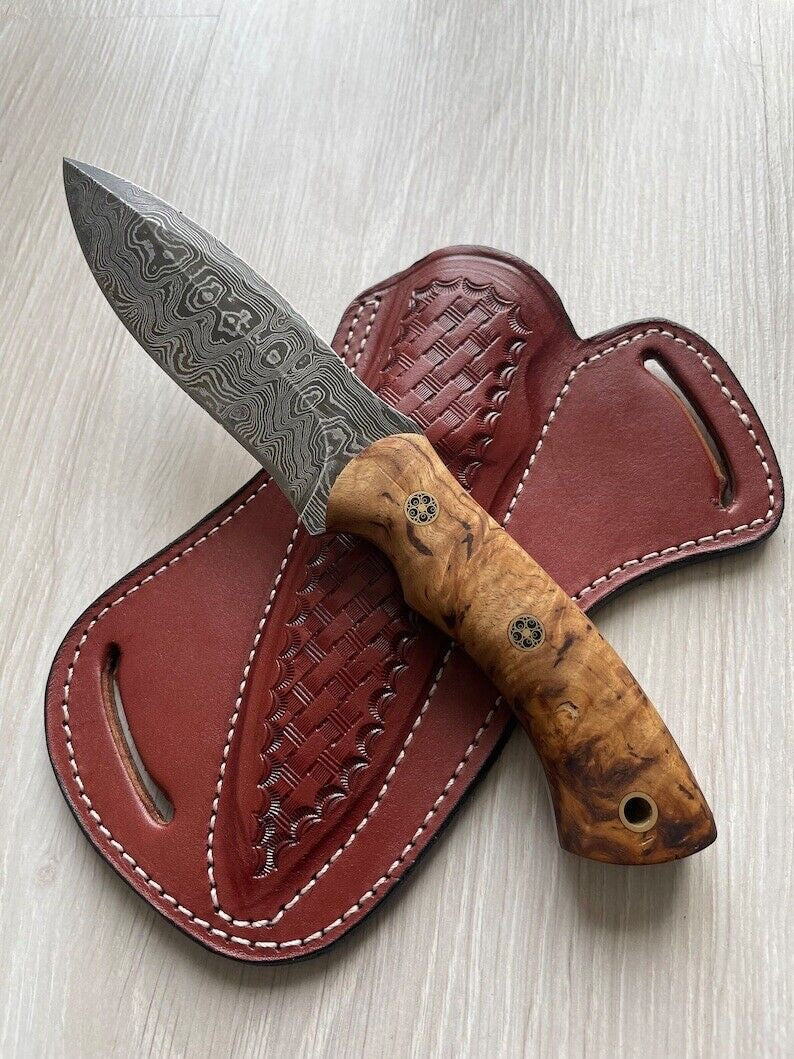
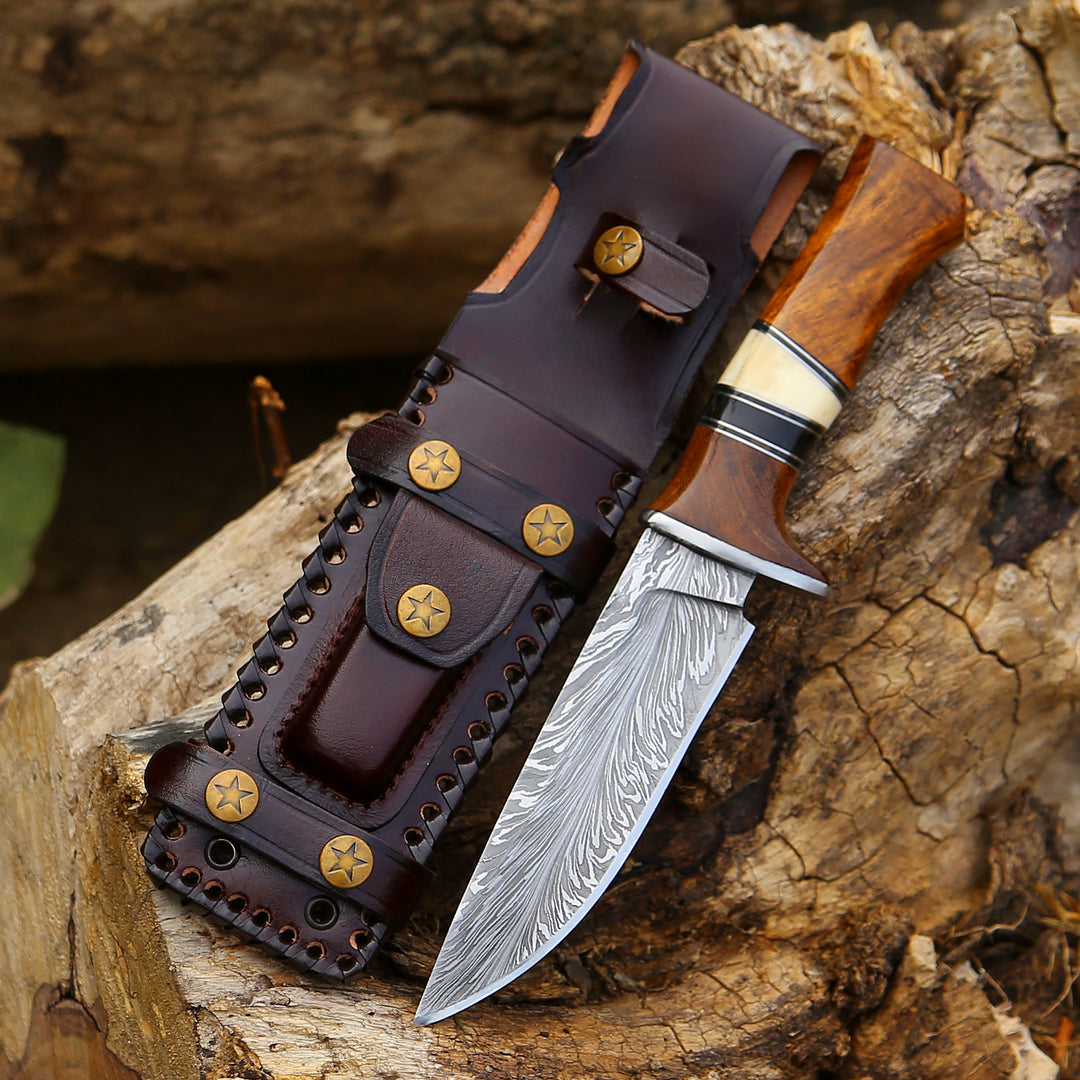
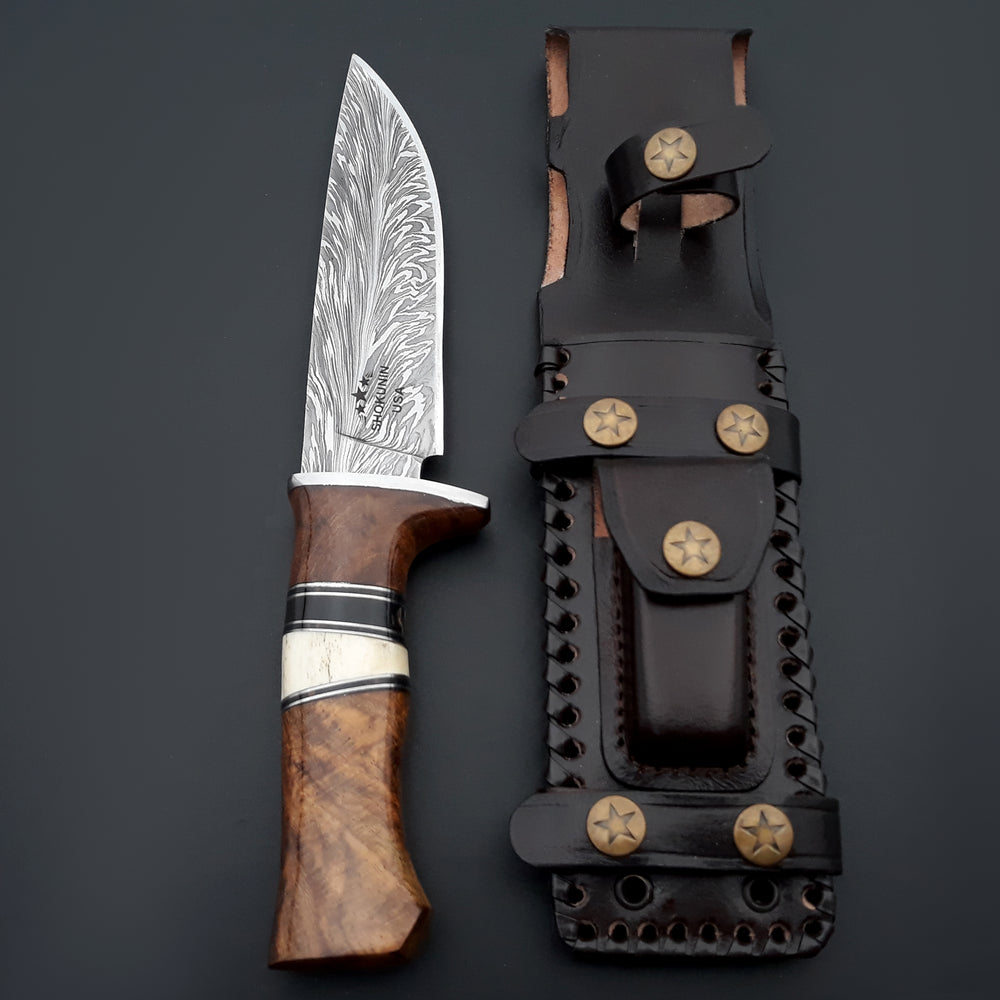
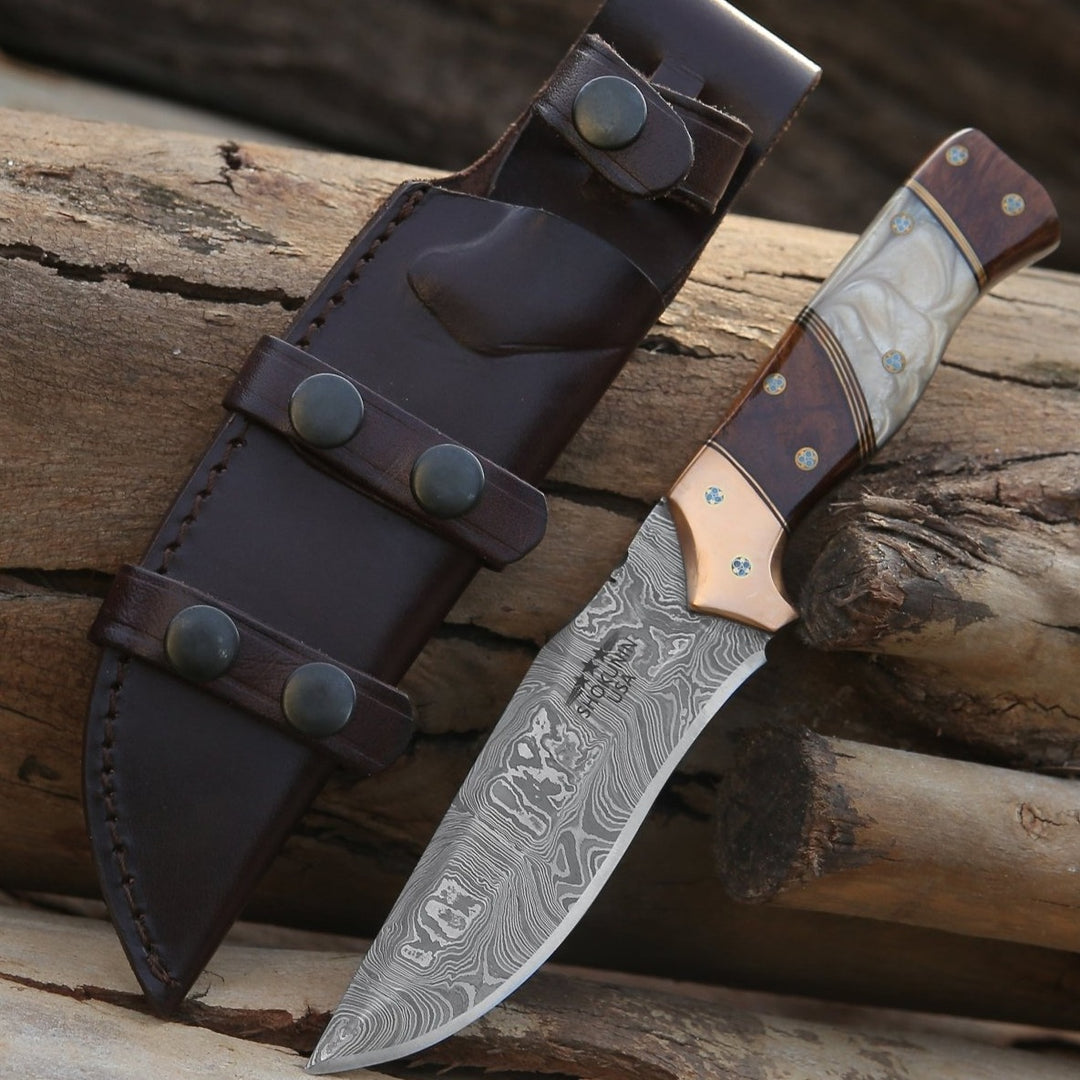
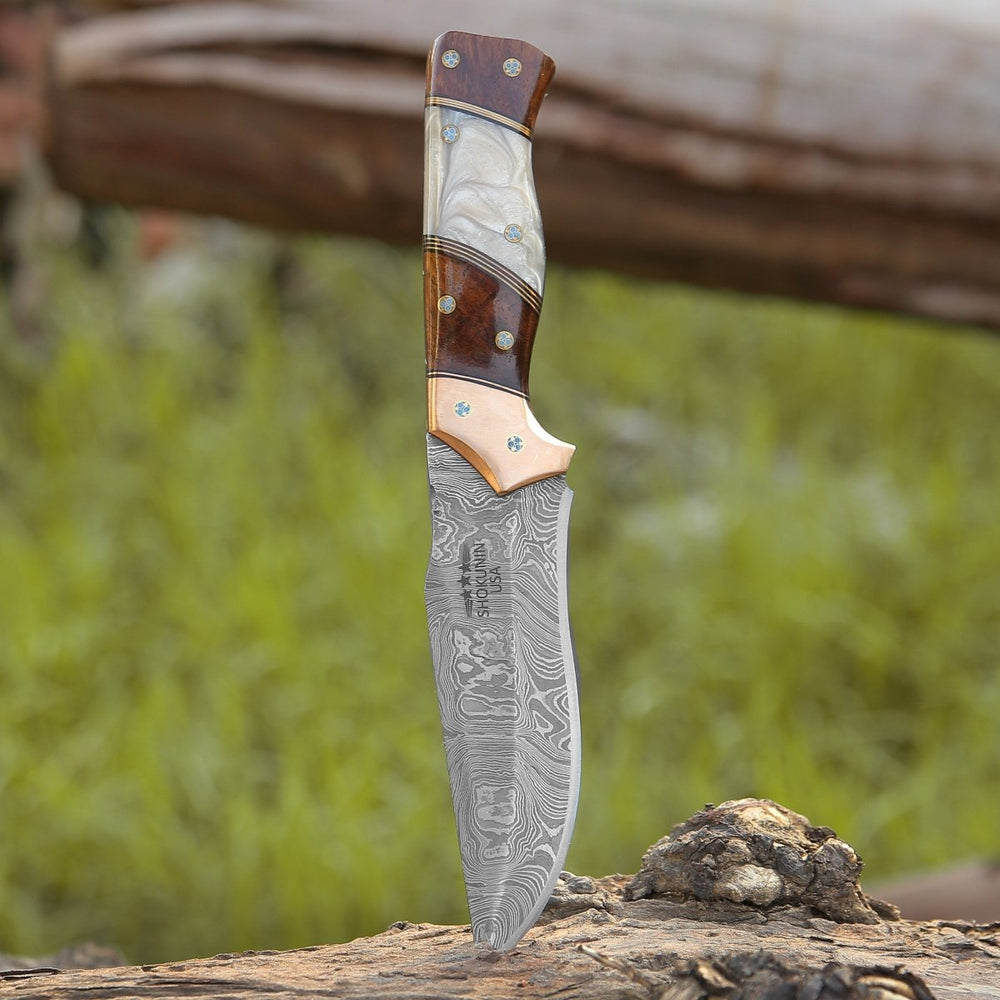
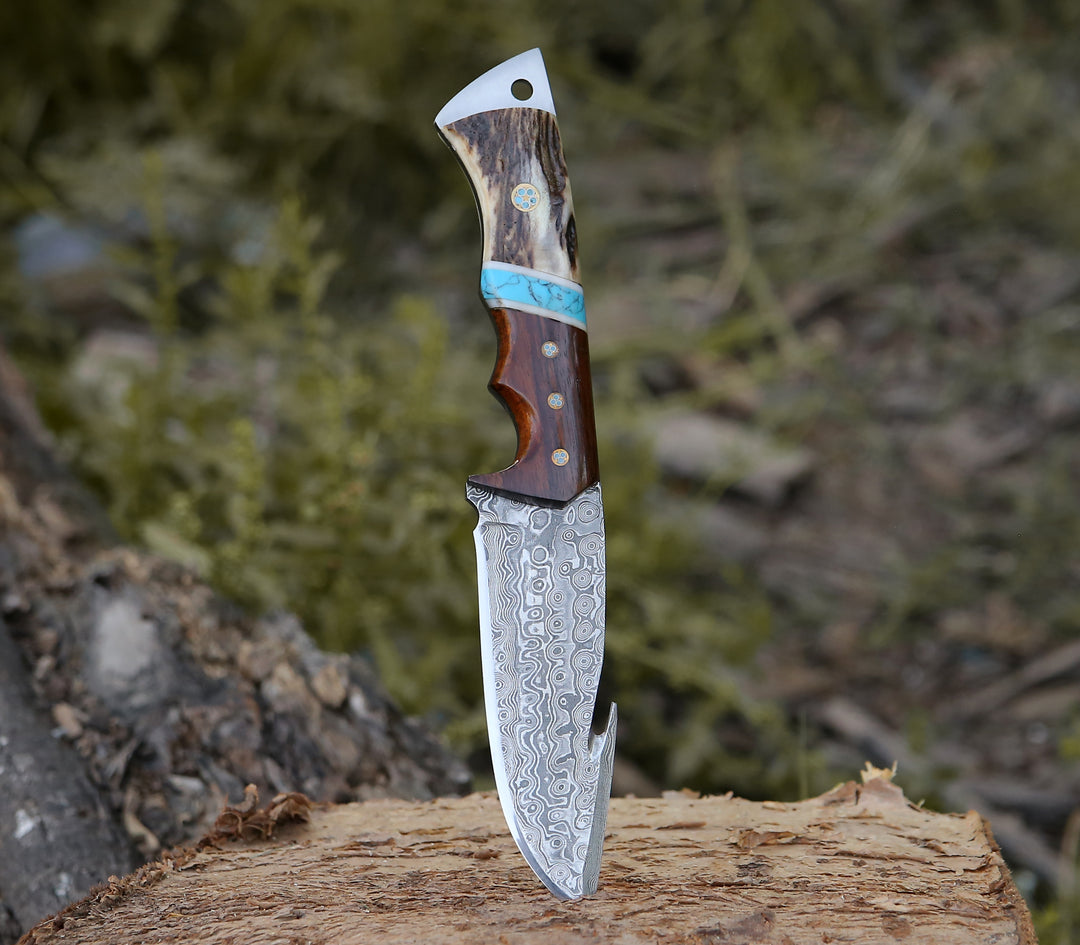
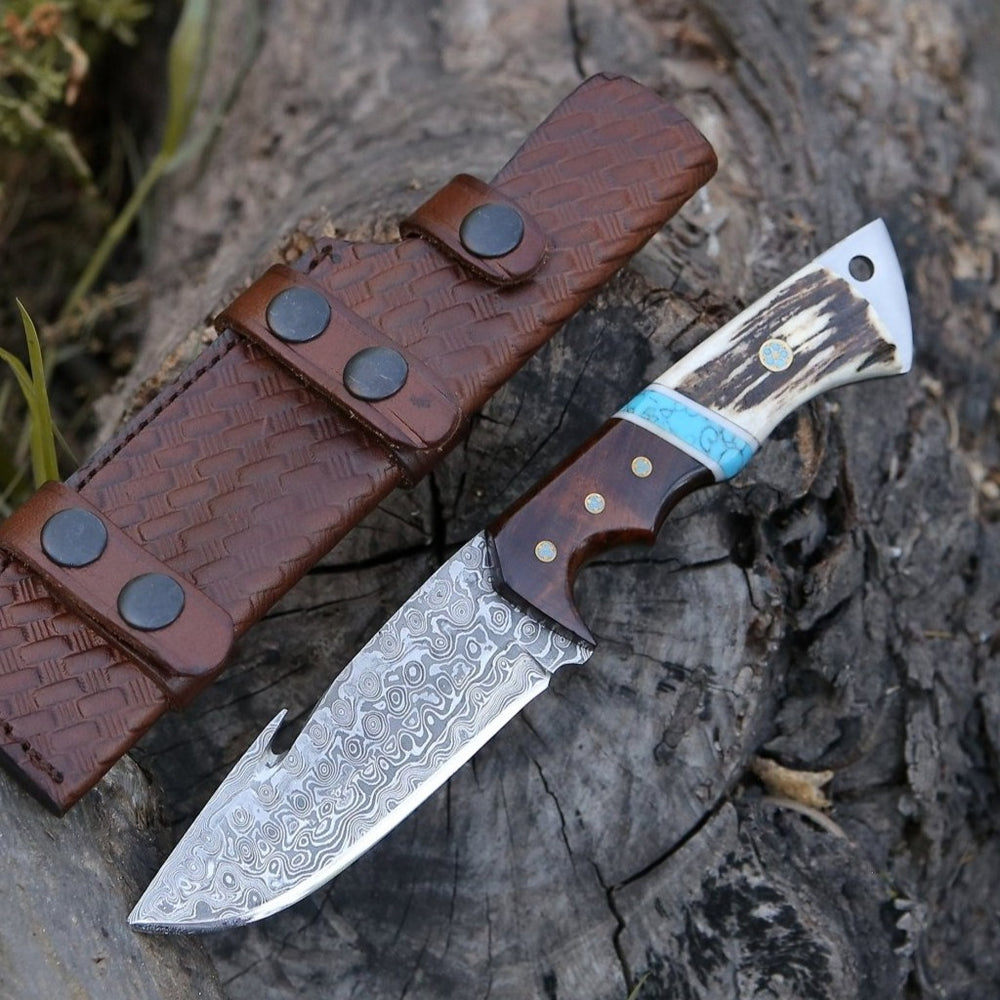

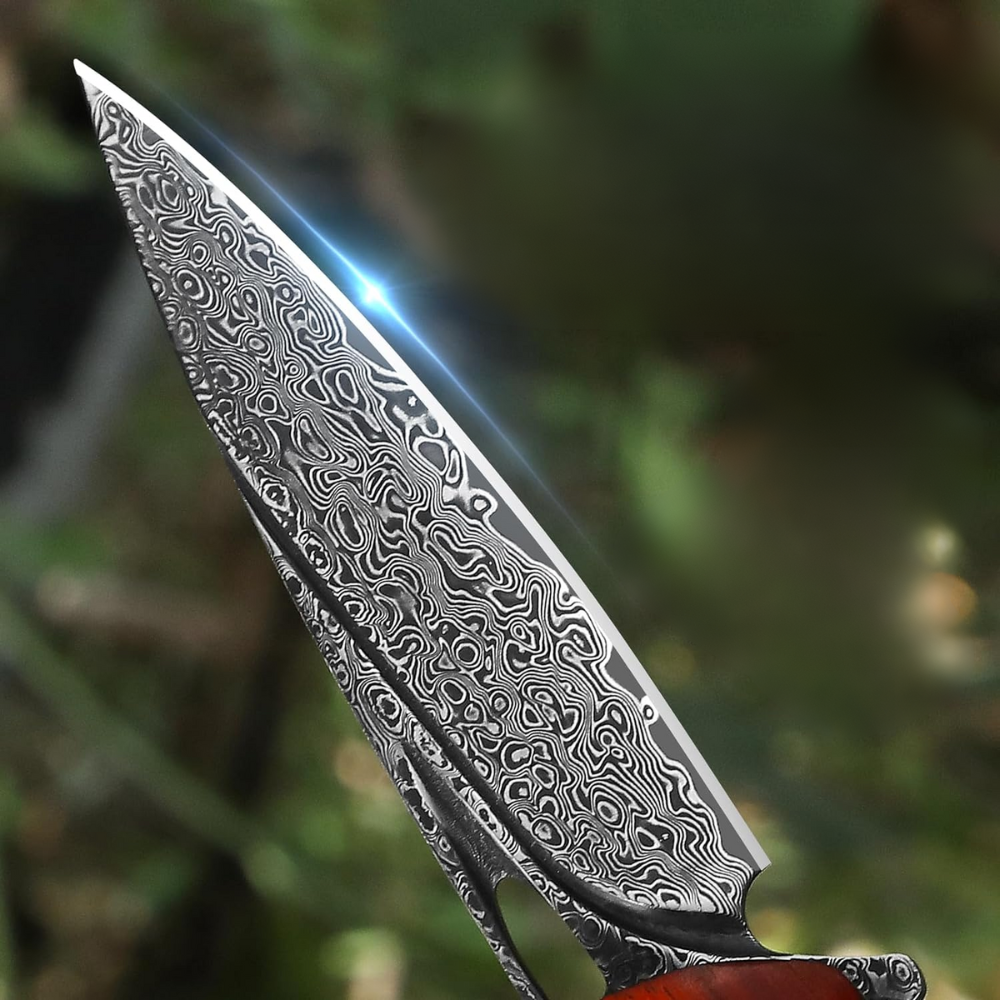
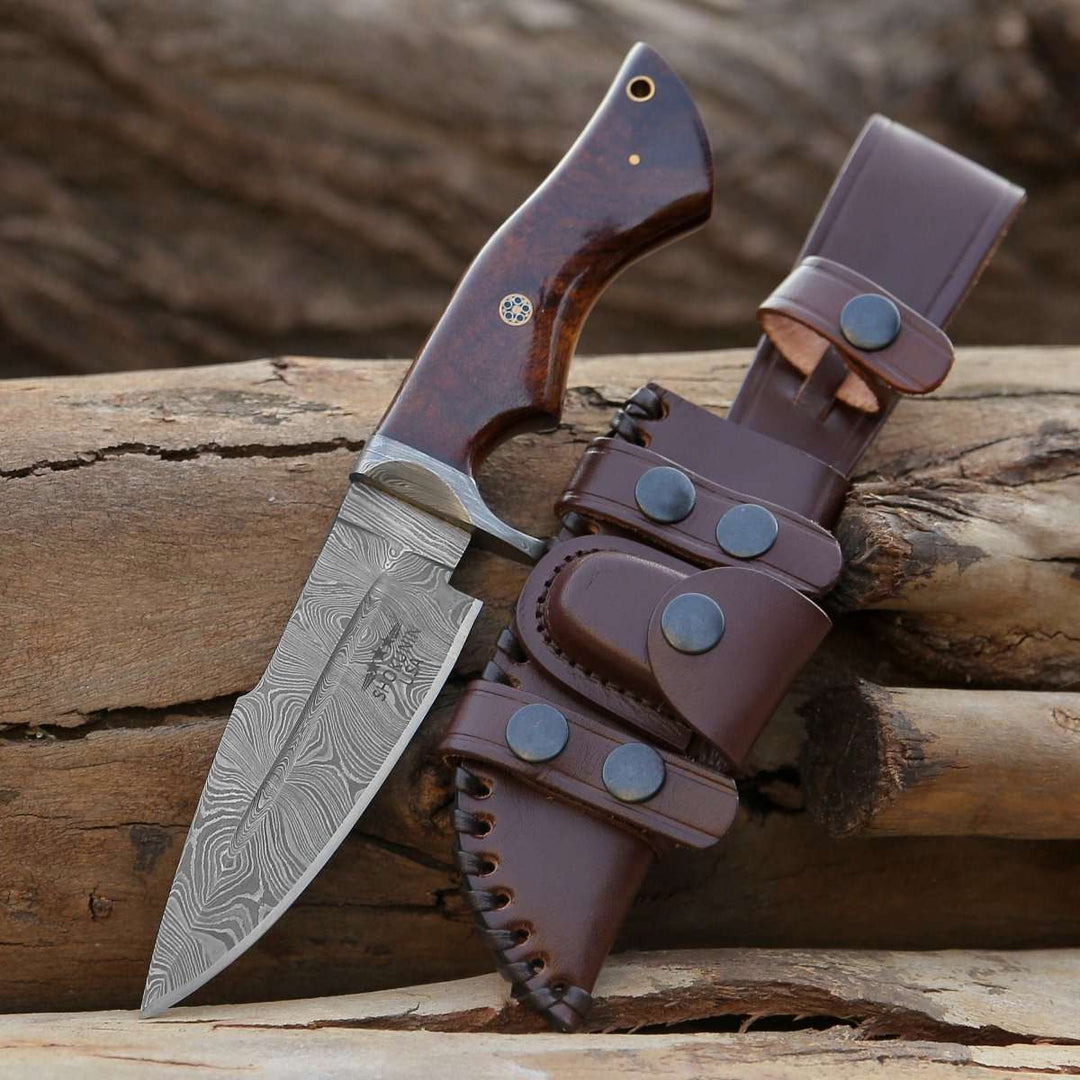

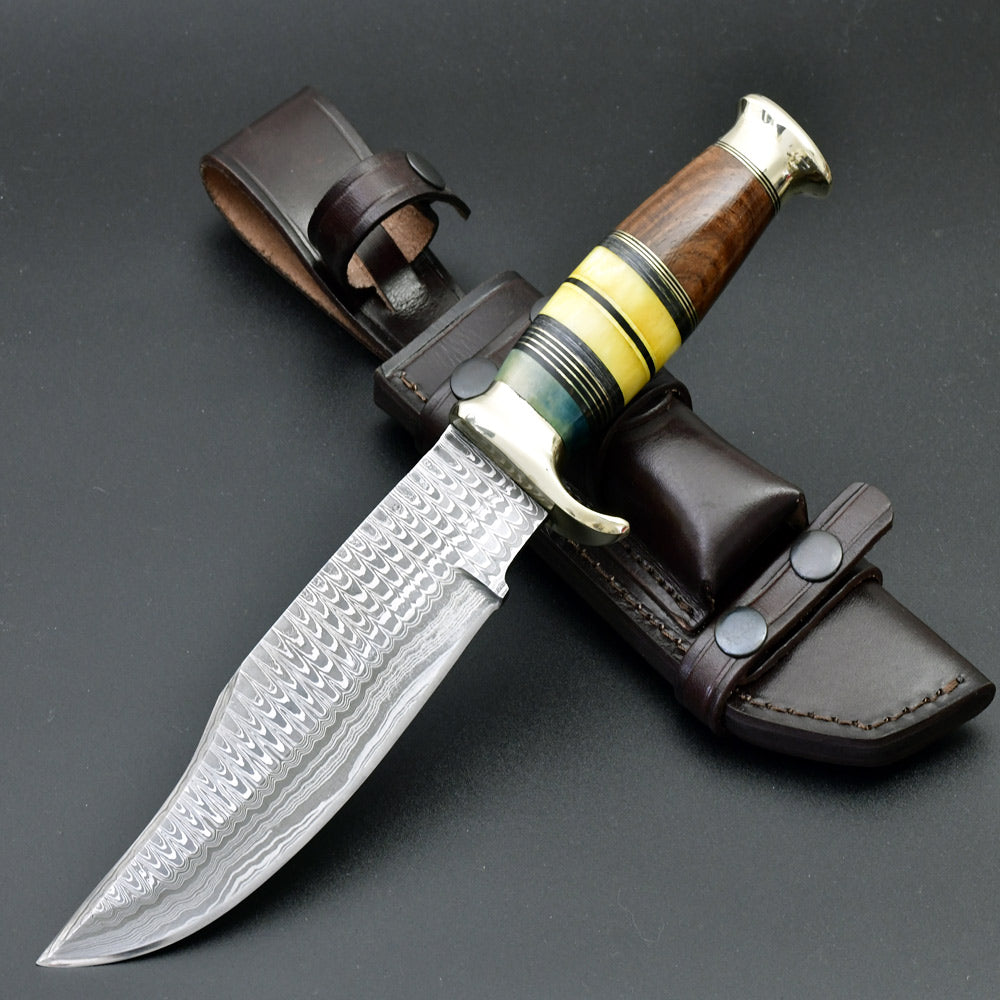
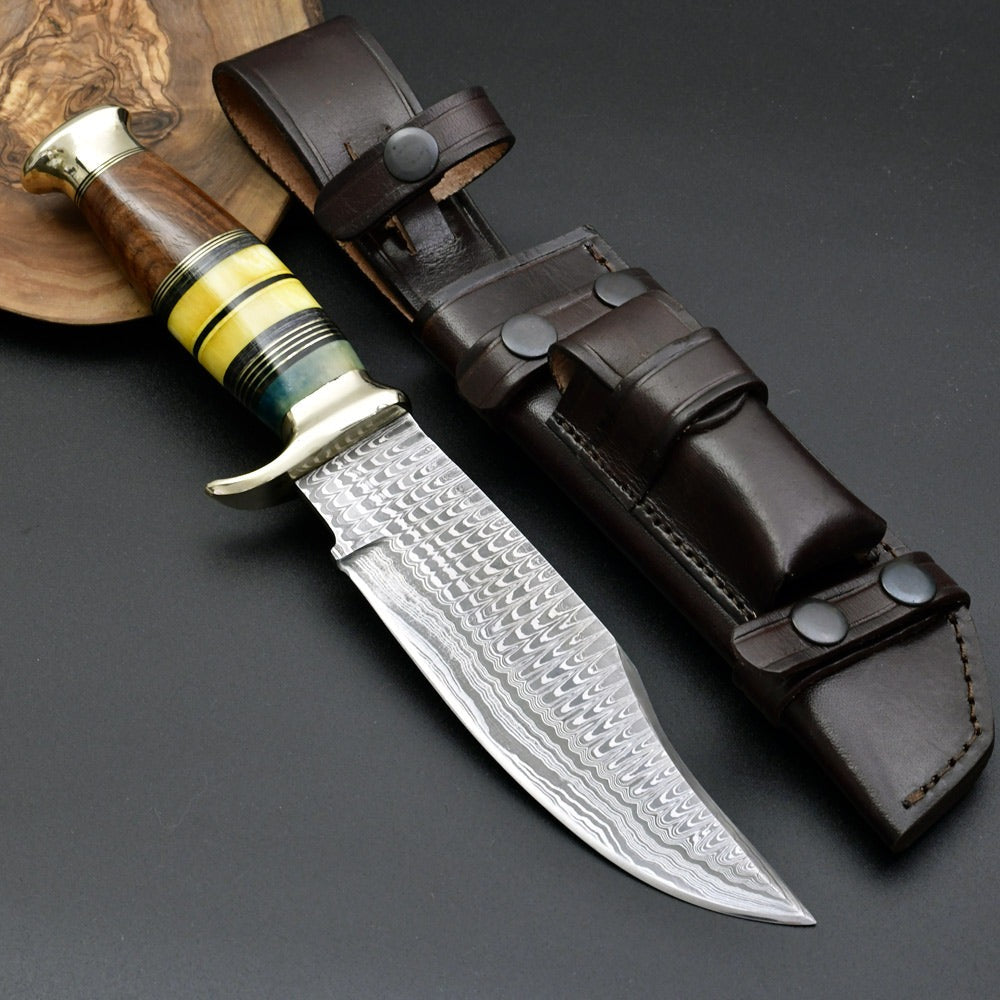
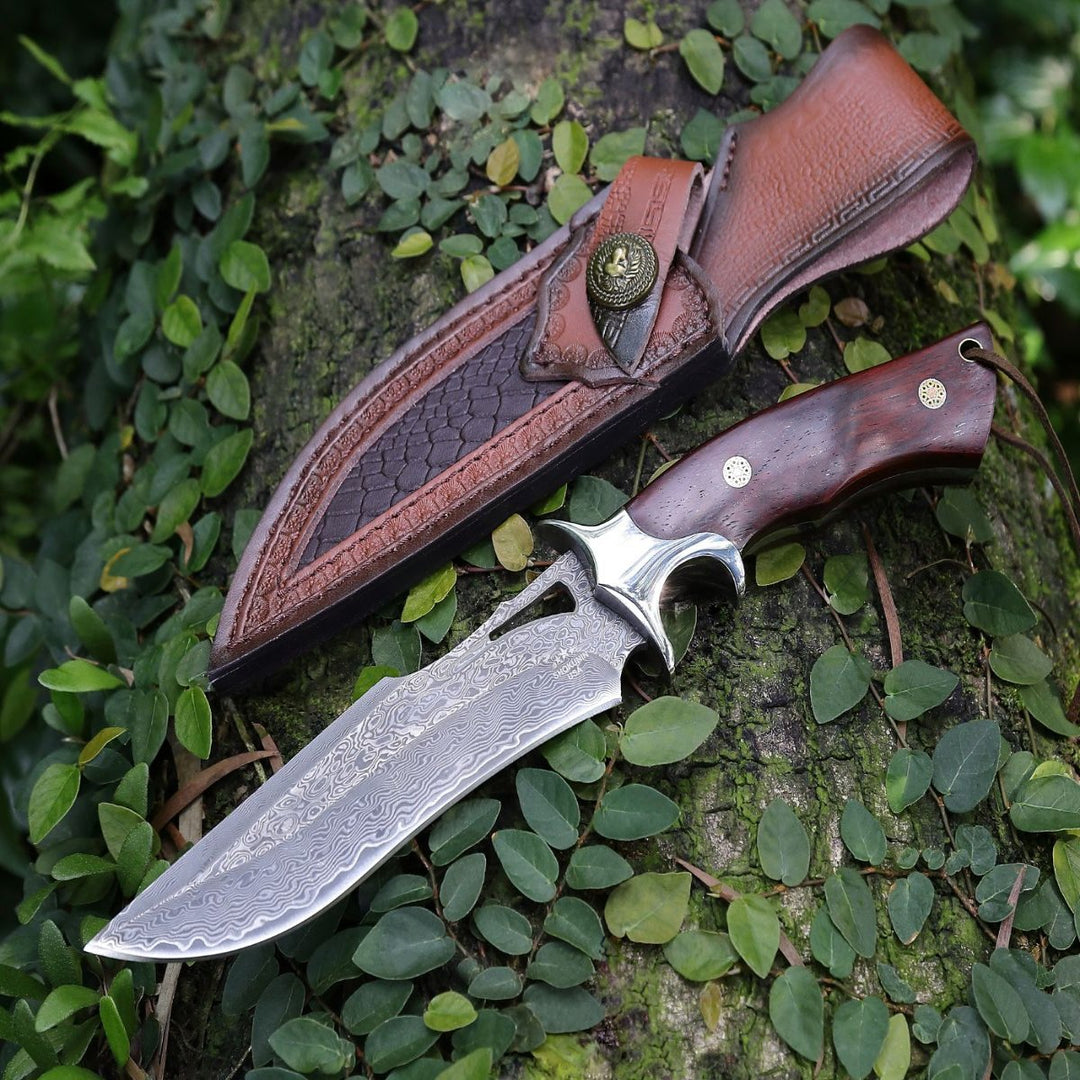
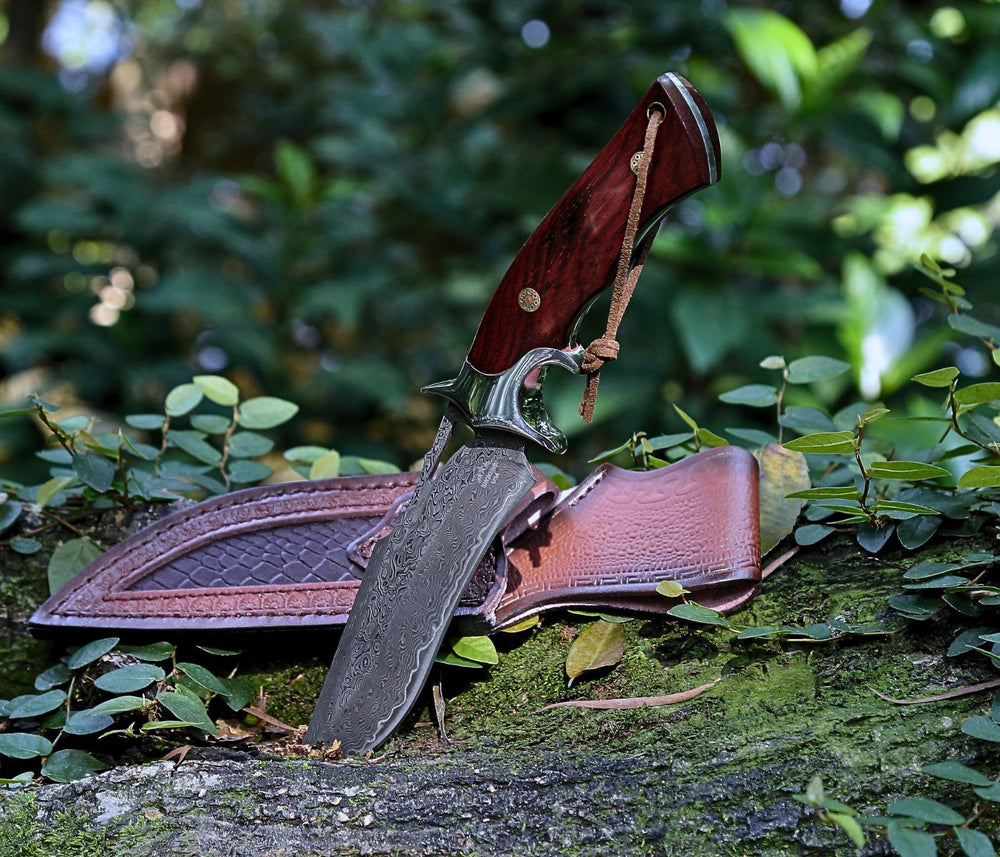
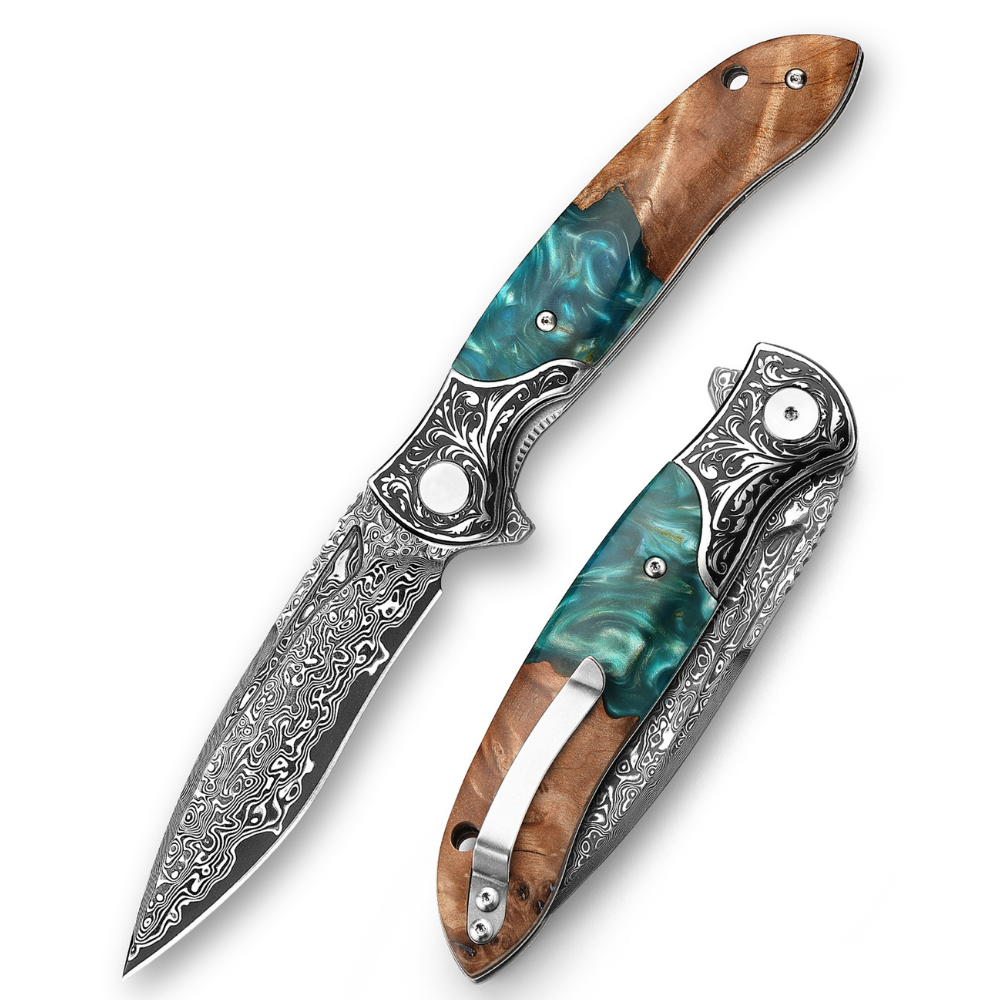
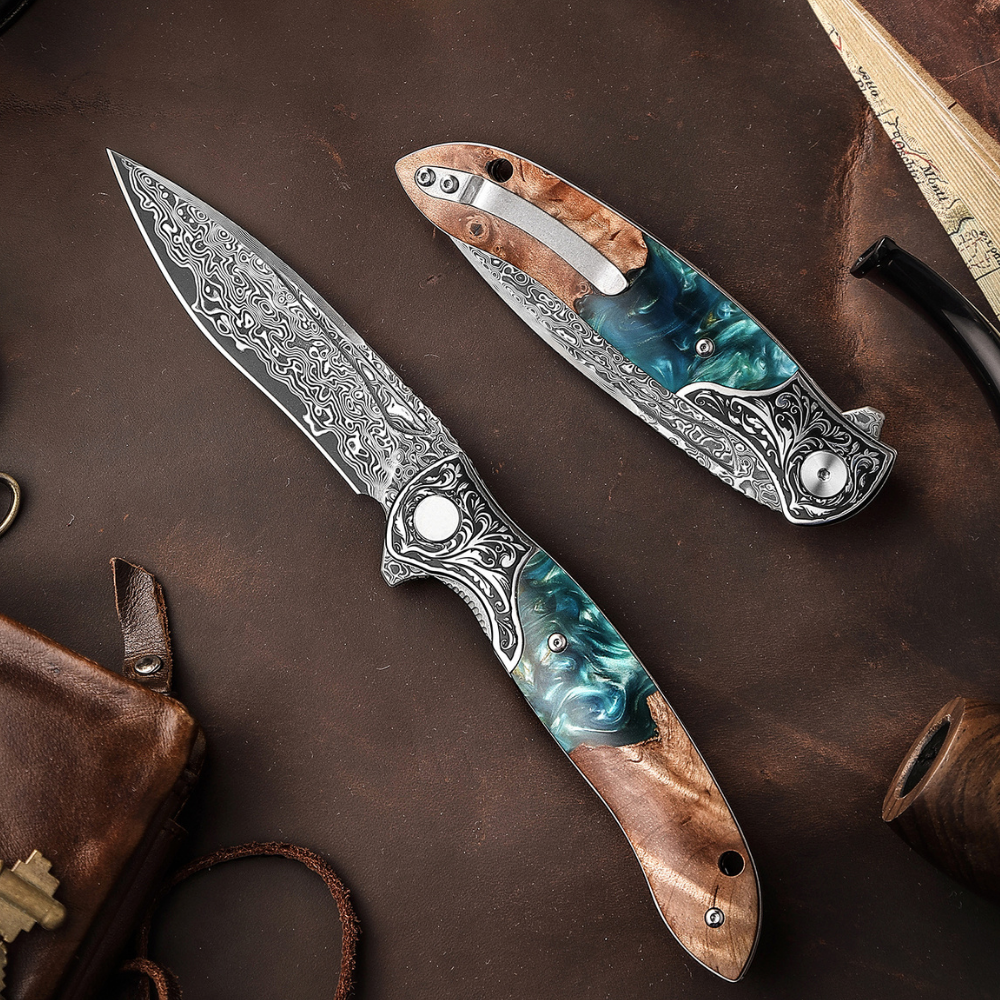
Leave a comment